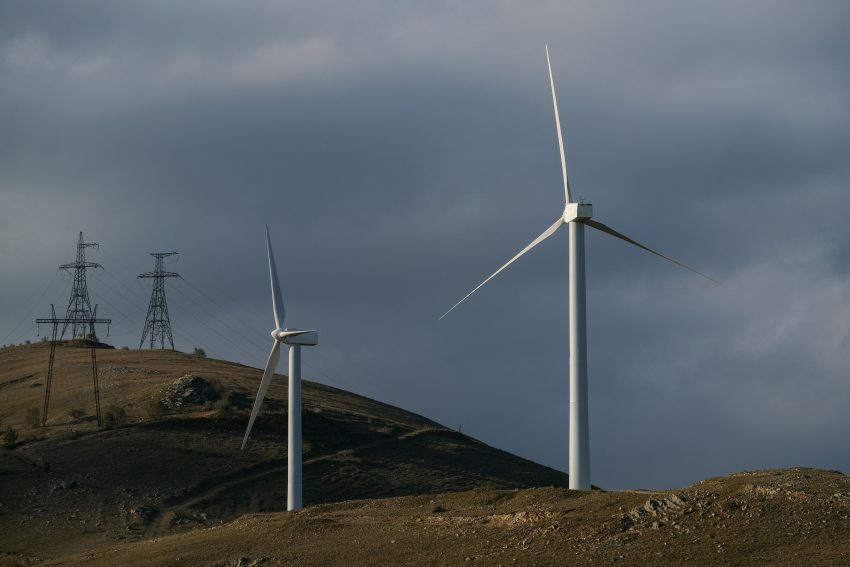The shift towards renewable energy has become a global imperative, driven by the need to combat climate change and reduce dependence on fossil fuels. Among the various renewable sources, solar and wind power have emerged as the dominant players, transforming the energy landscape. As nations strive to meet their carbon reduction targets, the rise of these green giants is not just a trend but a revolution reshaping how the world generates and consumes energy.
The Growth of Solar Power: From Niche to Mainstream
Solar power has experienced exponential growth over the past decade. What was once considered an expensive and niche technology has become a mainstream energy source. Advances in photovoltaic (PV) technology have significantly reduced the cost of solar panels, making solar energy more accessible to both residential and commercial sectors. Decreased costs and government incentives have led to a surge in solar installations worldwide.
In addition to affordability, solar power offers versatility that other energy sources cannot match. Solar panels can be installed on rooftops, integrated into building materials, or deployed in vast solar farms. This adaptability has driven widespread adoption, particularly in areas with high solar insolation. Countries like China, the United States, and India have made substantial investments in solar infrastructure, contributing to the global increase in solar energy capacity. The future of solar power looks even brighter as technology continues to evolve, potentially leading to further cost reductions and efficiency improvements.
Wind Power: Harnessing the Force of Nature
Wind power is another cornerstone of the renewable energy revolution. It has rapidly grown to become a significant source of electricity, especially in regions with favorable wind conditions. Developers have established onshore and offshore wind farms globally, with Europe, the United States, and China leading the way. Advancements in turbine technology have driven the rise of wind power by improving efficiency and reducing the cost per megawatt-hour of electricity generated.
The environmental benefits of wind power are significant. Unlike fossil fuels, wind energy produces no greenhouse gas emissions during operation, making it a crucial component in the fight against climate change. Moreover, wind farms can coexist with agricultural land, allowing for dual land use. Offshore wind farms, in particular, have gained traction due to their ability to capture stronger and more consistent winds, resulting in higher energy yields.
Economic Impacts and Job Creation
The rise of solar and wind power is transforming the energy sector and generating substantial economic benefits. The renewable energy industry has become a major job creator, offering employment opportunities in manufacturing, installation, maintenance, and research and development. According to the International Renewable Energy Agency (IRENA), the renewable energy sector employed over 11 million people worldwide in 2018, with solar and wind power accounting for most jobs.
In addition to job creation, the renewable energy industry is driving economic growth by attracting significant investment. Both public and private sectors are pouring billions of dollars into renewable energy projects, stimulating local economies and fostering innovation. Countries that have embraced renewable energy are reducing their carbon footprint and positioning themselves as leaders in the global green economy. The economic benefits of solar and wind power extend beyond job creation, as they contribute to energy security by reducing reliance on imported fossil fuels.
Challenges and Future Prospects
Despite the remarkable growth of solar and wind power, several challenges remain. One of the primary obstacles is the intermittency of these energy sources. Solar and wind power generation is dependent on weather conditions, leading to fluctuations in energy output. To address this issue, advancements in energy storage technology are crucial. Batteries and other storage solutions can store excess energy generated during peak production times, ensuring a stable supply when production is low.
Another challenge is the integration of renewable energy into existing power grids. The current infrastructure in many regions is designed for centralized power generation from fossil fuels. Integrating decentralized renewable energy sources requires upgrades to the grid, including smart grid technologies and enhanced transmission capabilities. Additionally, there is a need for policy frameworks that support the transition to renewable energy, including incentives for renewable energy adoption and regulations that ensure a fair market for all energy producers.
Solar and wind power have established themselves as the green giants of the energy sector, driving a global transition towards sustainable energy. Their rapid growth, economic benefits, and potential to mitigate climate change make them essential components of the future energy landscape. As challenges are addressed and technology continues to advance, the role of solar and wind power will only expand, bringing the world closer to a future where clean, renewable energy is the norm. The rise of these green titans marks a pivotal shift in how humanity harnesses the power of nature, paving the way for a sustainable and prosperous future.

